How Do I Measure My Blood Pressure at Home?
Checking your blood pressure at home is key to managing hypertension. Virtua cardiologist Vasu Palli, DO, has good advice on finding a good monitor and how to measure your blood pressure correctly.
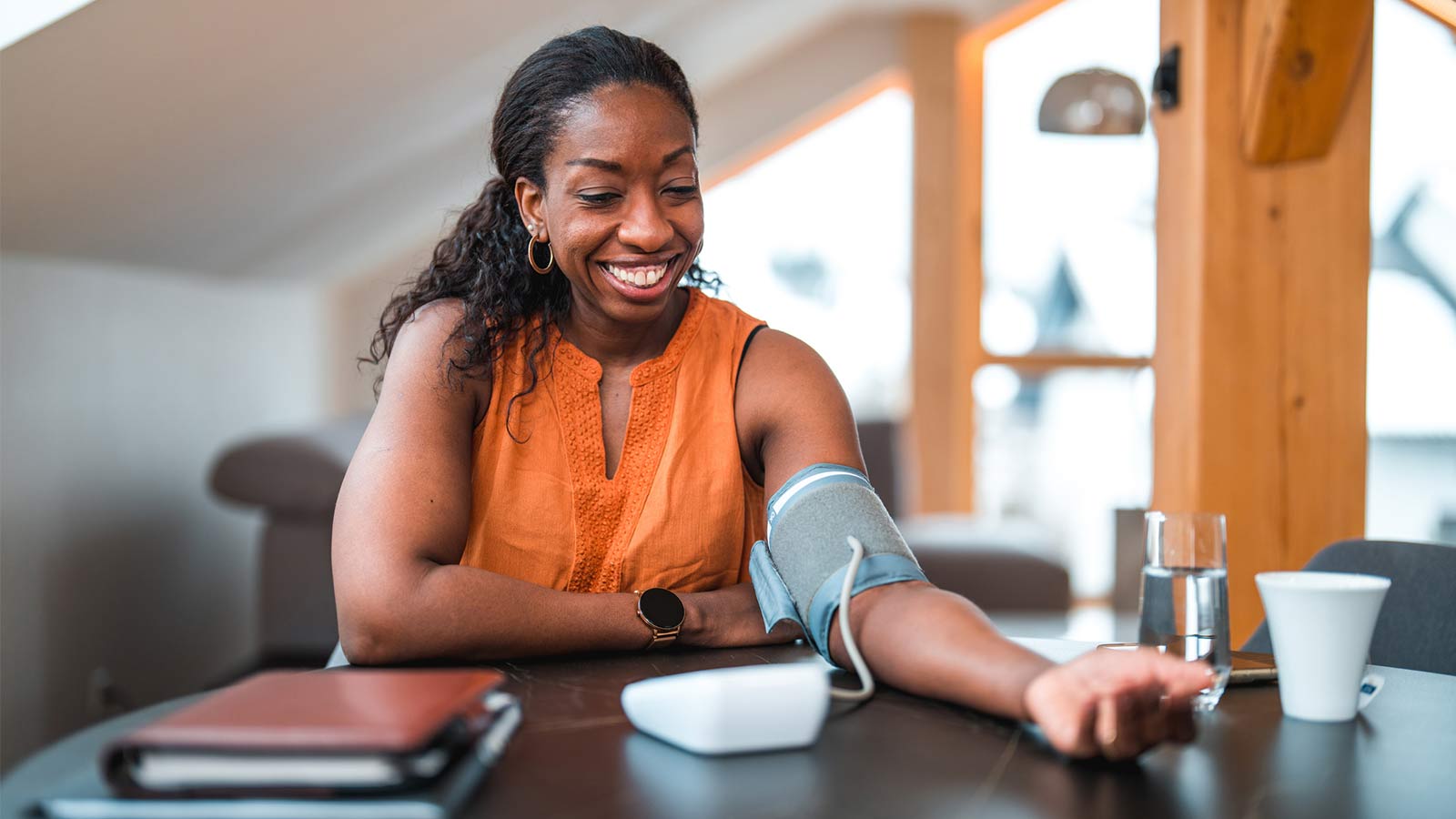
By Vasu Palli, DO, Cardiologist, Virtua Cardiology – Sewell
If your blood pressure is higher than normal or you have a condition like diabetes or kidney disease, your doctor may recommend you measure it at home.
Monitoring your blood pressure regularly at home can alert you to any changes in your numbers and get treatment earlier than if you only receive readings at the doctor’s office. You also will also know if your medication and lifestyle changes are working, or if you should make adjustments.
Before you start, it’s important you buy a good monitor and know the right technique to get accurate readings.
How do I find a good blood pressure monitor?
You can purchase home blood pressure monitors online and at most pharmacies. The website stridebp.org maintains a list of monitors validated by several cardiac societies. Your health care provider also can recommend a good brand, and can instruct you how to use it properly.
Digital monitors are the most popular for measuring blood pressure at home due to their ease of use. Digital monitors come complete with a gauge and stethoscope built into the unit. The cuff automatically inflates and deflates, and your blood pressure reading appears in a large font on a screen. You can even find units that print out your readings on paper to help make tracking easier.
In order to choose the best type of monitor to meet your needs, consider these features:
- Size: The size of the cuff is determined by the size of your arm. If the cuff is the wrong size, you will not receive accurate readings. Your health care provider or pharmacist can help determine the correct size.
- Price: Home monitors vary greatly in price. Shop around to find the best deal. And remember, the most expensive unit may not be the best or most accurate.
- Display: Check out the display on the unit. Make sure you can identify the readings and can see them clearly.
How do I get the most accurate reading?
- Be still. Don't smoke, drink caffeinated beverages, or exercise within 30 minutes of measuring your blood pressure. Go to the bathroom and rest quietly for at least 5 minutes before starting.
- Sit correctly. Sit with your back straight and supported (on a dining chair, rather than a sofa). Place your feet flat on the floor and do not cross your legs. Your arm should be supported on a flat surface (such as a table), with your upper arm at heart level. Make sure the bottom of the cuff is placed directly above the bend of your elbow.
- Place the snugly cuff over your bare skin. Don't take the measurement over clothes.
- Measure at the same time every day. It’s important to take the readings at the same time each day, such as morning and evening. Your blood pressure varies throughout the day, and readings often are higher in the morning.
- Take multiple readings and record the results. Each time you measure, take two or three readings one minute apart and record the results in a log. If your monitor has built-in memory to store your readings, take it with you to your appointments. Some monitors may also allow you to upload your readings to a secure website after you register your profile.
What do my results mean?
Your blood pressure consists of two numbers. The top number, the systolic, is the pressure of blood pumping out of your heart and into the arteries. The bottom number, the diastolic, is the pressure when the heart rests between beats. According to guidelines set by the American Heart Association and American College of Cardiology:
- Normal blood pressure is less than 120/80 mmHg
- Elevated blood pressure is systolic 120-129 mmHg and diastolic less than 80 mmHg
- Stage 1 hypertension is systolic 130-139 mmHg or diastolic 80-89 mmHg
- Stage 2 hypertension is systolic 140 mmHg or greater or diastolic 90 mmHg or greater
When do I seek medical attention?
A single high reading is not an immediate cause for alarm. Check it a few more times and contact your health care provider if you are concerned.
If your blood pressure readings suddenly exceed 180/120 mmHg and don’t go down, or if you are also experiencing chest pain, shortness of breath, back pain, numbness/weakness, change in vision, or difficulty speaking, call 911.
Comprehensive Heart Care Near You
Looking for a cardiologist? Call 888-847-8823.
There's So Much More to Explore
Discover expert insights, inspiring stories, health tips, and more by exploring the content below!

Mitral Valve Surgery Keeps Yaneth Living the American Dream

From Restless to Restful: How Movement Improves Sleep

5 Simple Ways to Spring Clean Your Wellness Routine

HeartTalk Magazine
Inside Look at Blood Vessels Aids PAD Treatment
Denise Davis: Pay Attention to Your Heart Health
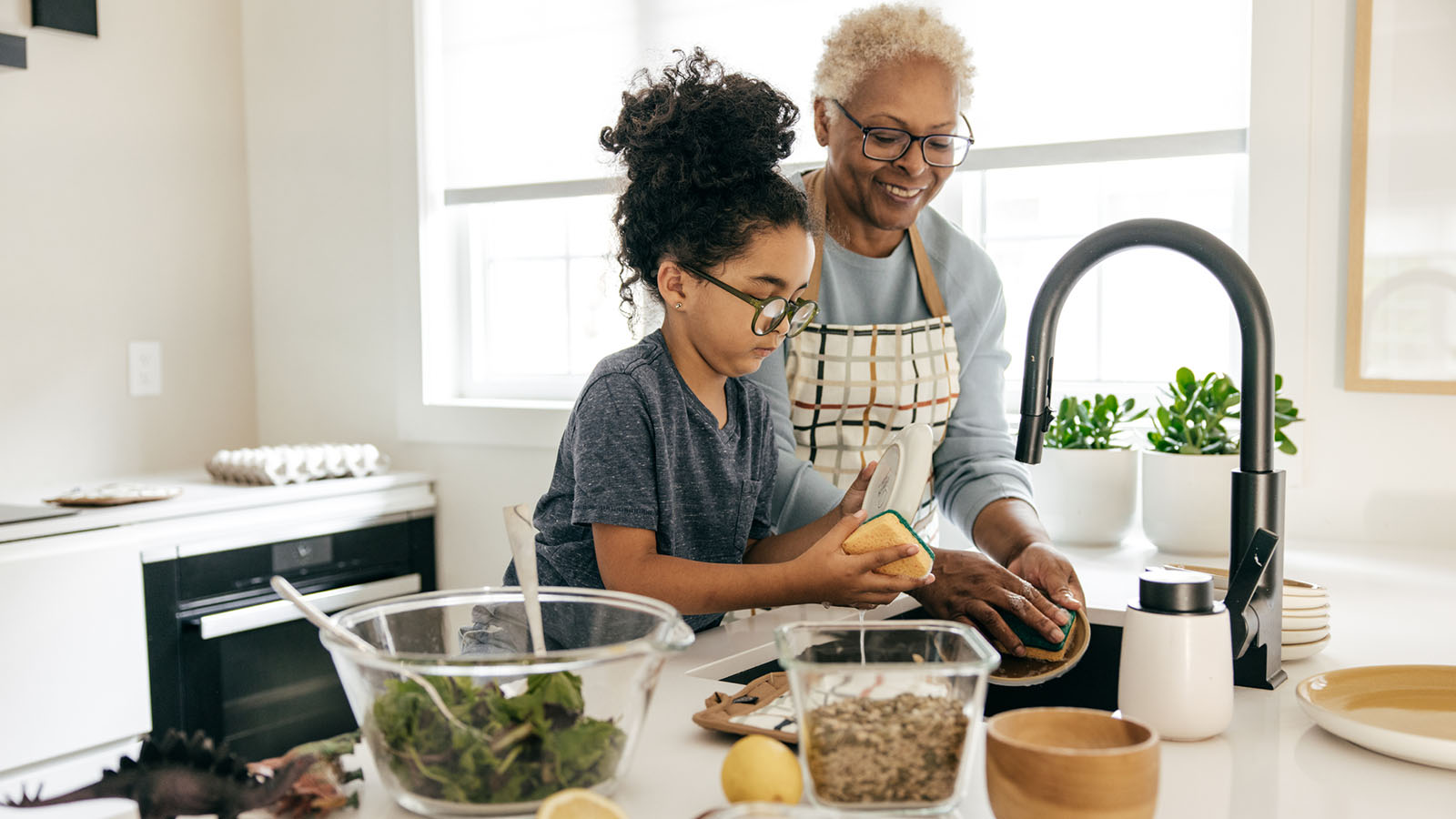
Best Foods for Kidney Health

What Causes Food Addiction And What Are The Signs

5 Essential Winter Foot Care Tips When You Have Diabetes
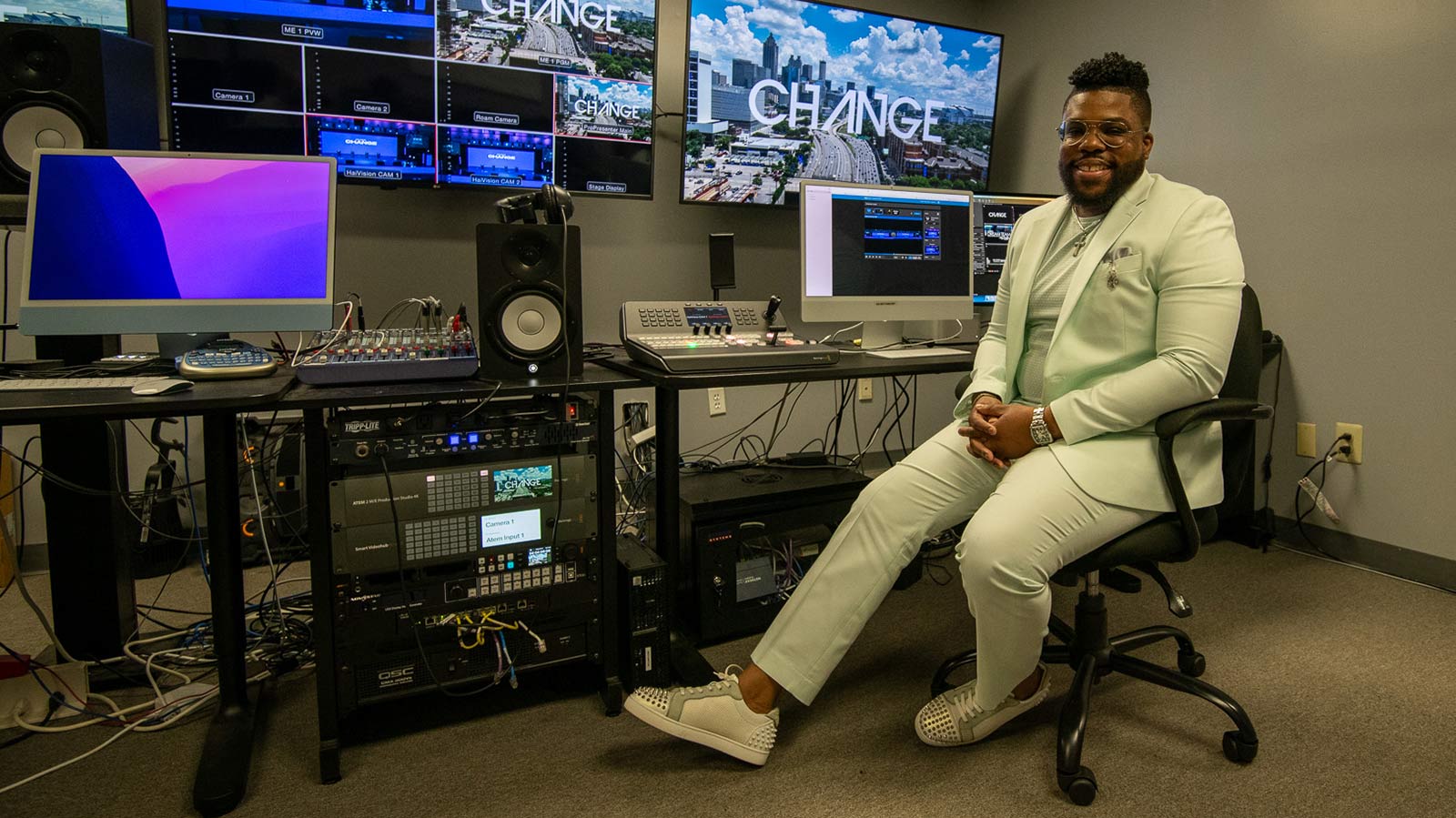
Sweet Music: Trust, Teamwork Save Justin from Heart Attack

Complex Heart Surgery Nets James a Lifelong Friend

Your 10-Point Plan to Avoid Winter Weight Gain

Be Fast and Spot the Signs of Stroke

Surprising Symptoms May Signal Stroke In Women

8 Key Steps to Better Blood Pressure Control
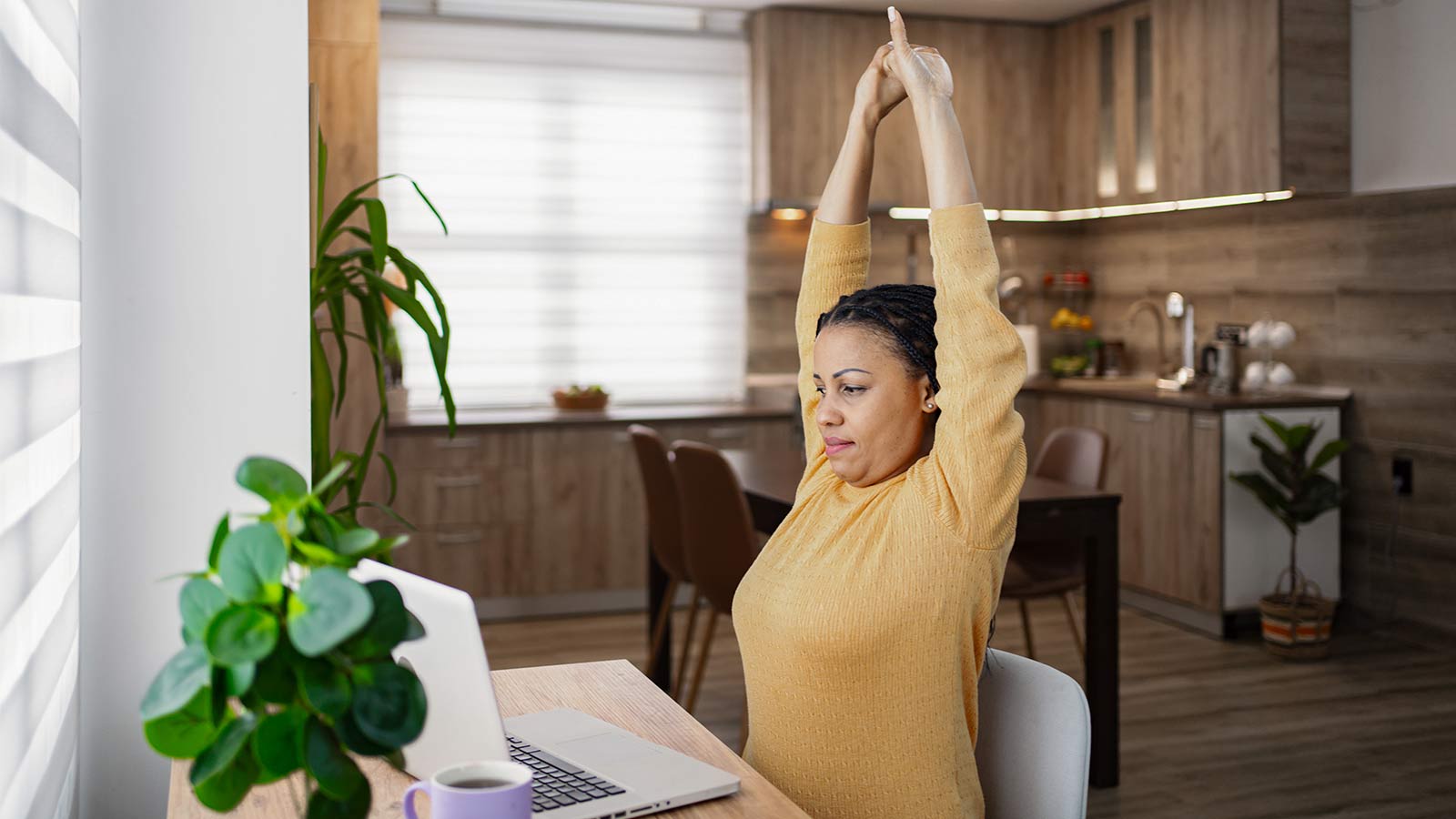
5 Back Stretches for the Work-From-Home Workweek

The HPV Vaccine: A Powerful Shield Against Cervical Cancer

How to Prevent and Treat Urinary Tract Infections
Signs You Should Get Treated For Vein Problems

One New Heart Valve Saves Two Lives in the Tritten Family
What You Need to Know About Heart Failure

6 Numbers Key to Keeping Your Heart Healthy
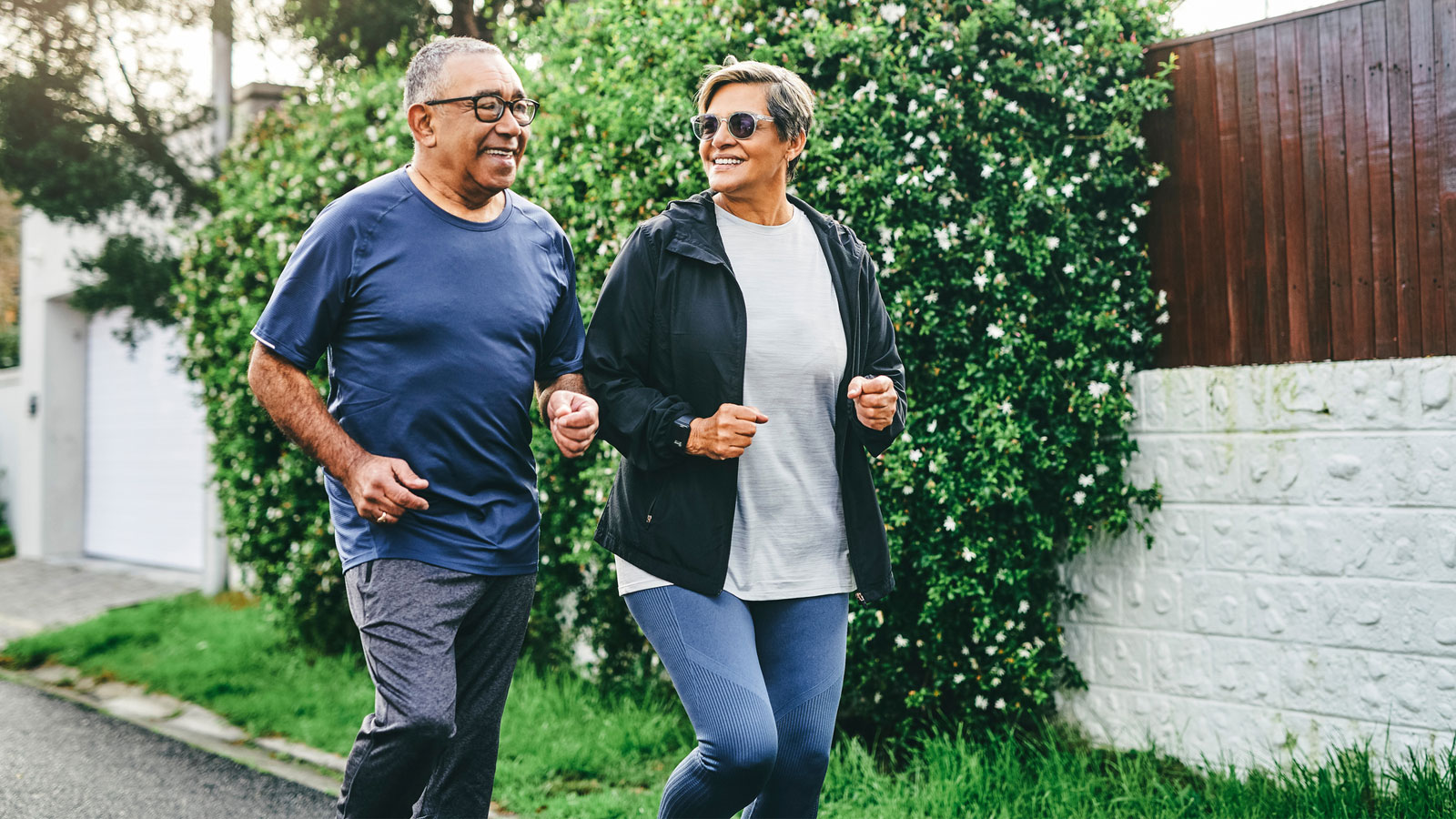
4 Easy Ways to Treat and Prevent Runner's Knee

Five Mindfulness Tips That Can Help Heal Your Heart
Working from Home? Take a Quick Break to Stretch Your Wrists

Watchman Heart Device: a Technological Breakthrough for Blood Clot Prevention
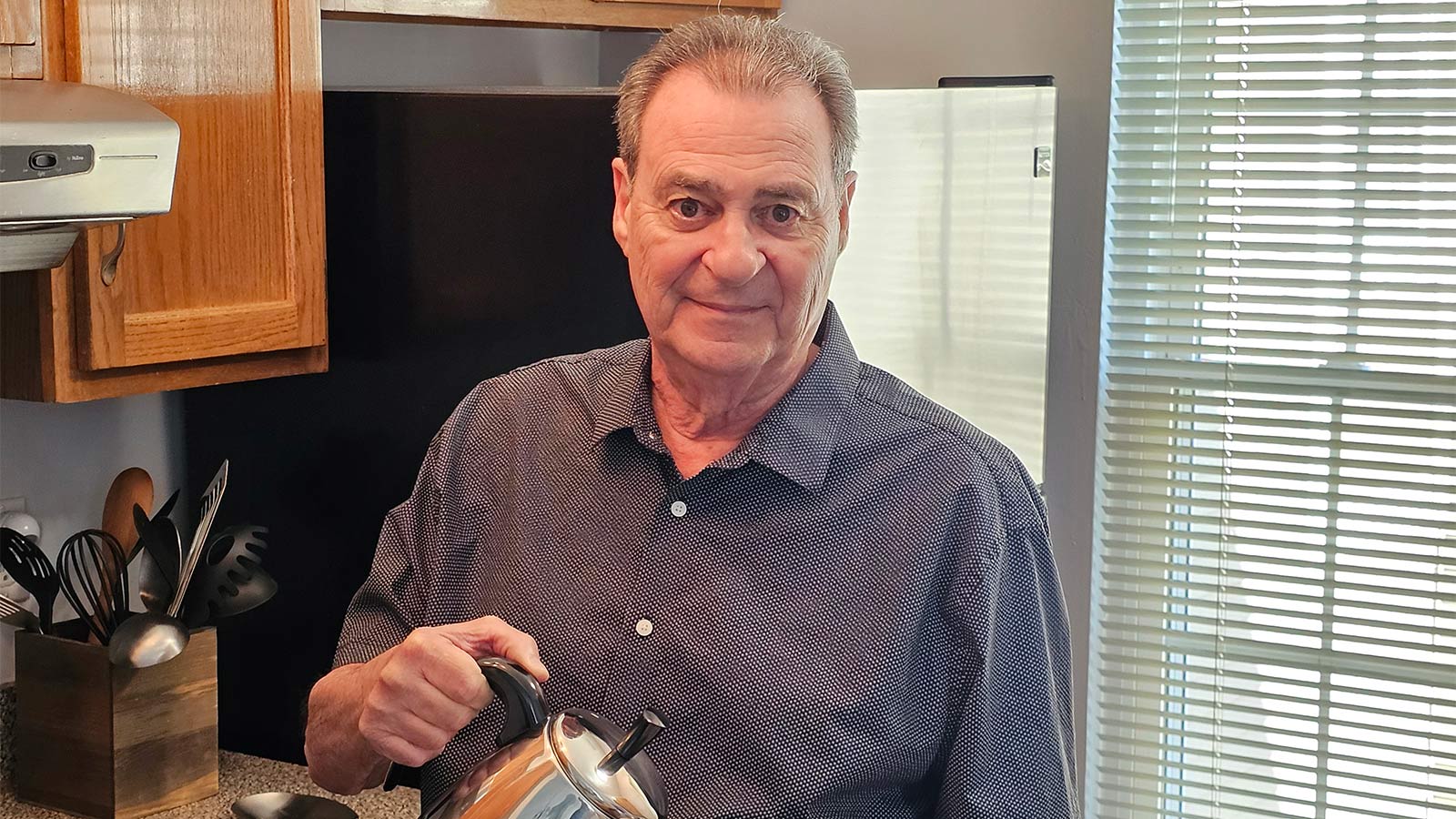
Albert's Emergency Cardiac Surgery Is a 'Story of a Lifetime'

Love Your Heart: Essential Care Tips for Every Stage of Life

How Do I Measure My Blood Pressure at Home?

How Do I Improve My Cholesterol Levels?

3 Ways to Reduce Your Stroke Risk
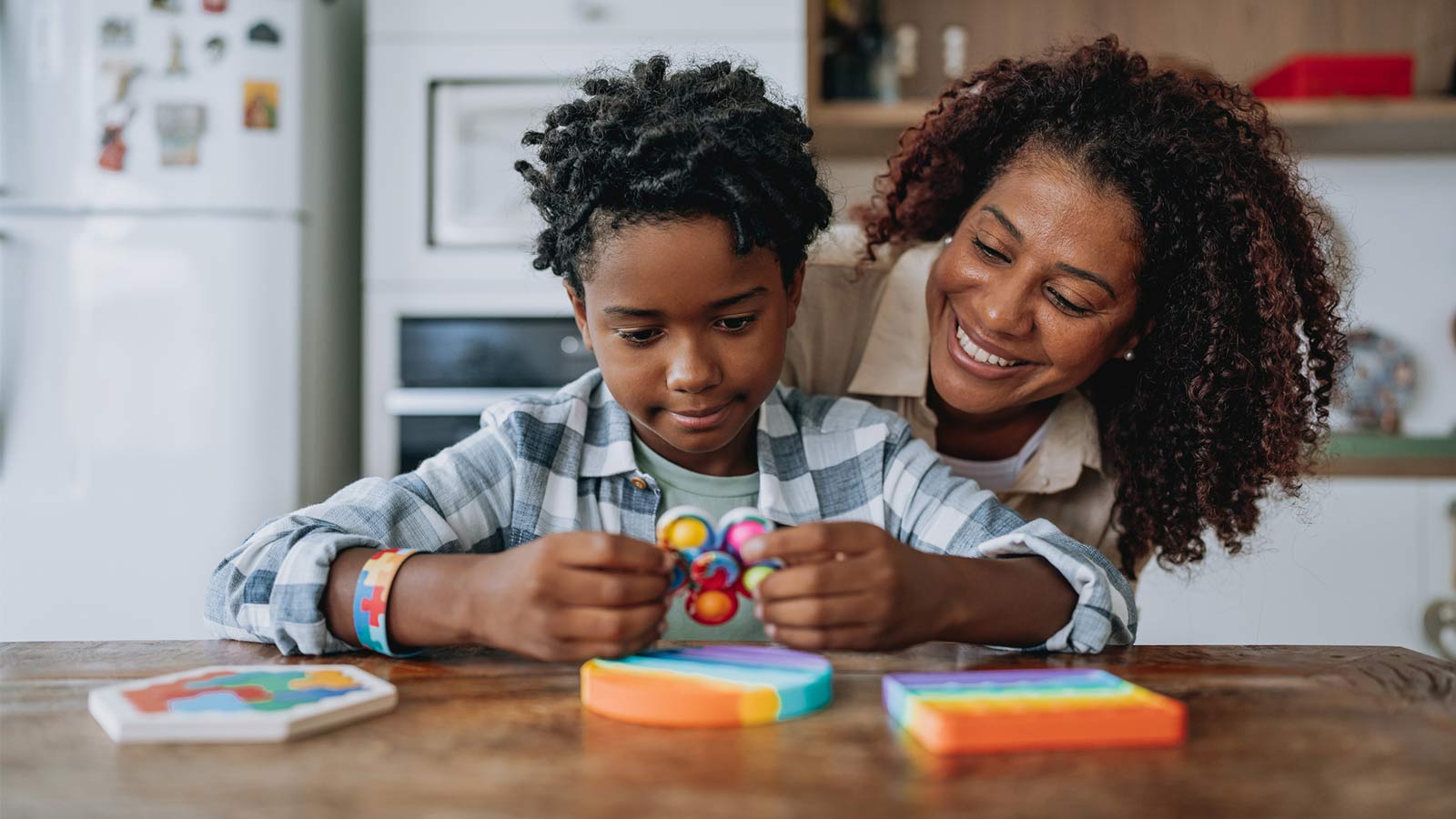
How the Unique Stages of a Womans Heart Affect Her Health

Can Your Gut Health Affect Your Heart?
Advanced Heart Failure Therapies Get Bernadine Back to Full Speed
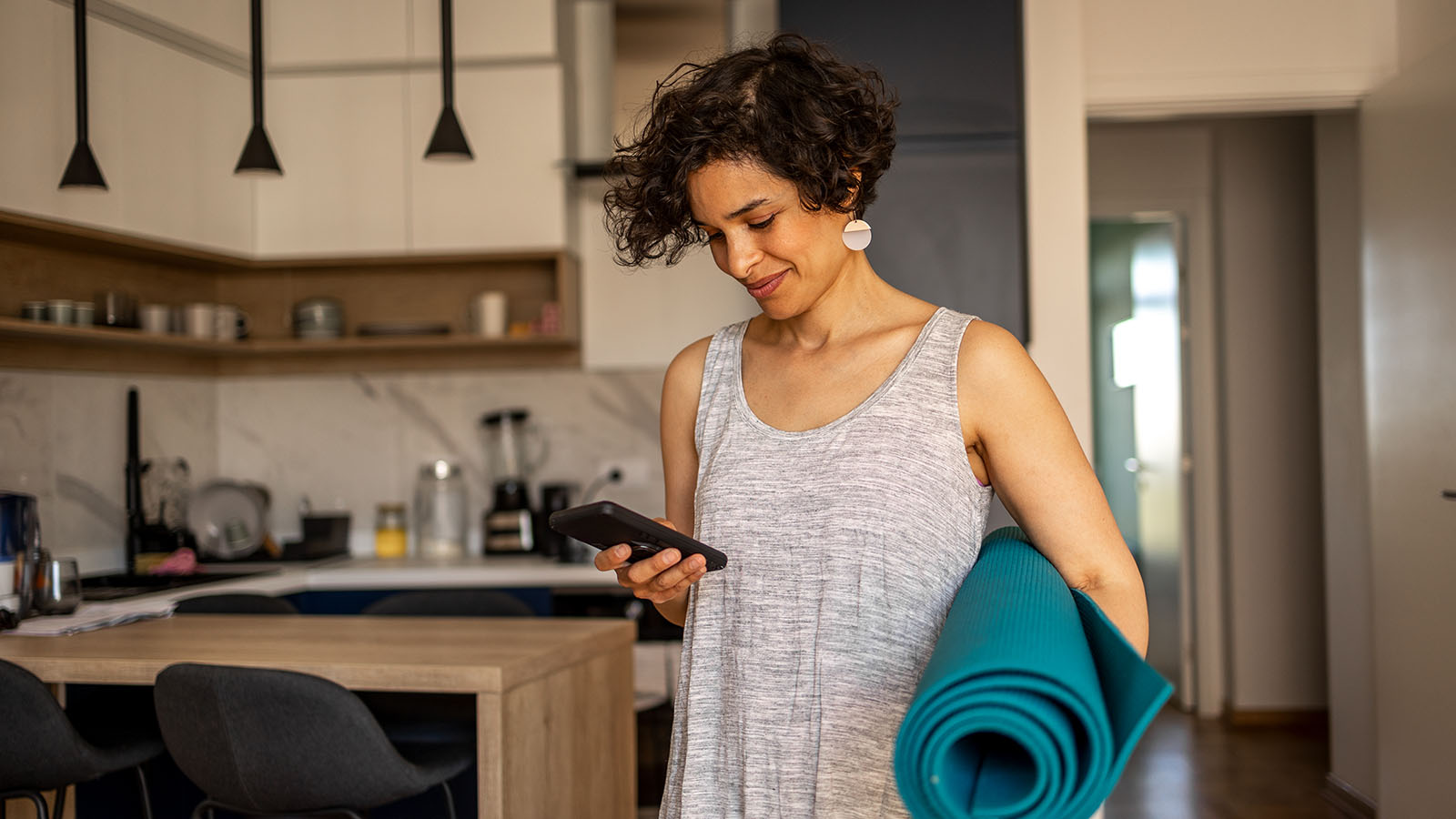
Put Your Mammogram Appointment on the Top of Your To-Do List

How Sex Keeps You Healthy as You Age

Protect Your Child From HPV and Related Cancers

Why IUDs Might Be The Most Effective Birth Control

5 Things You're Too Embarrassed to Tell Your OBGYN

4 Not-So-Crazy Questions to Ask Your Doctor

What to Know About Cervical Cancer Screenings

Keeping the Beat: Advanced Heart Surgery for Aortic Aneurysm

Heart-Healthy Summer Recipe: Hummus and Veggies

4 Delicious Heart-Healthy Recipes Perfect for Summer

Heart Healthy Summer Recipe: Dessert Parfait

Heart-Healthy Summer Recipe: Pear and Walnut Salad

Heart-Healthy Summer Recipe: Terrific Turkey Burgers
Atrial Fibrillation and Stroke: What's the Connection?
Heart Tests Your Doctor May Order
Managing Pregnancy for Mothers With Heart Conditions

Heart Healthy Recipe: Basil Pesto Pasta With Seared Vegetables

Heart Healthy Recipe Chocolate Avocado Chia Pudding
Keep Your Heart Rhythm in Check With Your Smartwatch
Mind Your Meds for Blood Pressure Risks
Magic Pill for Heart Health? Cut 300 Calories a Day
3 Smart Ways to Boost Your Heart Health
3 Best Exercises For Heart Health
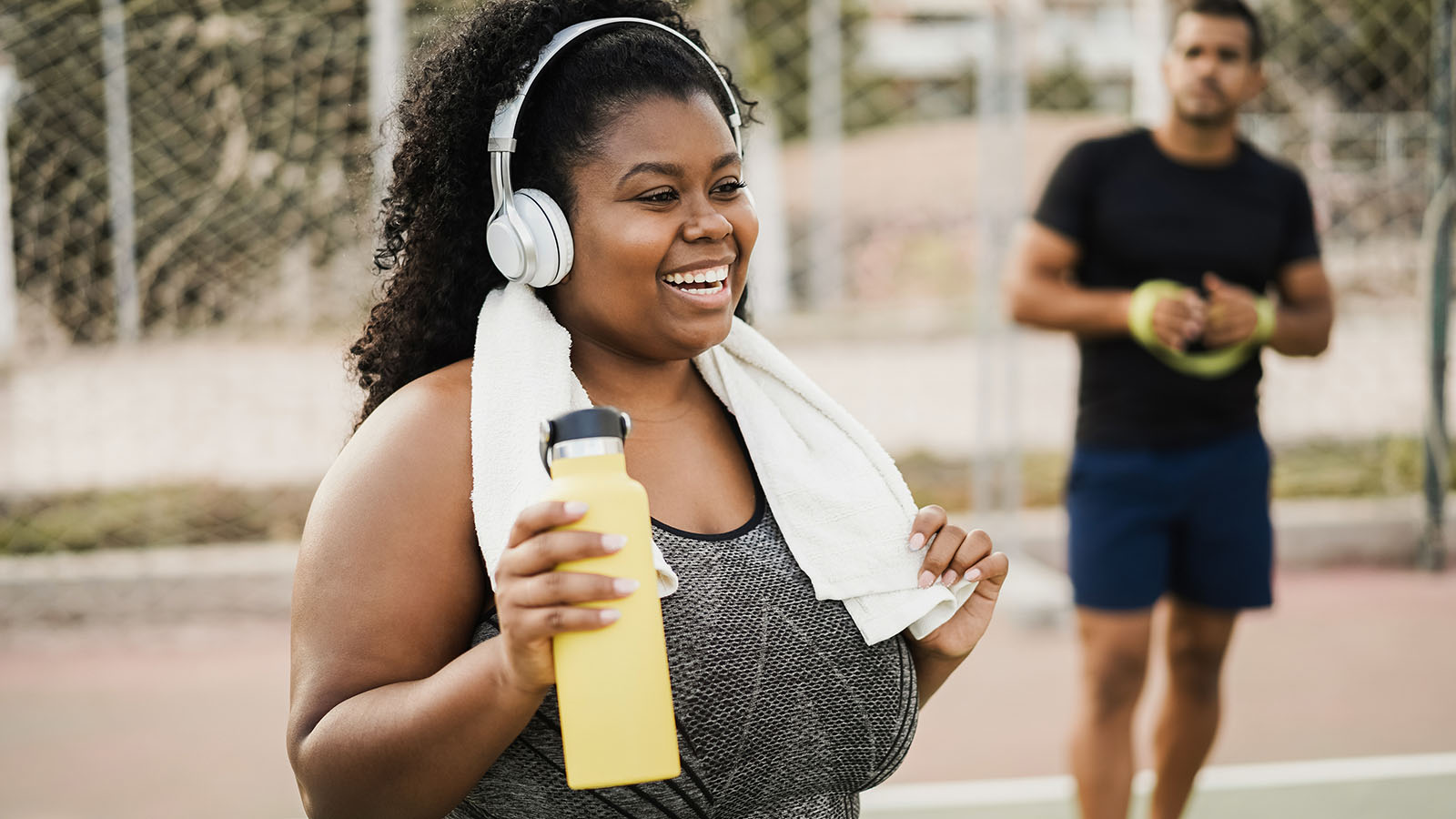
Get Your Heart Pumping With These 25 Workout Songs
Your Chest Pain: Heartburn, Heart Attack, or Something Else?
3 Heart Healthy Recipes to Win Valentines Day
How Work and Home Stress Can Affect You
Why Improving Your Health Is Going To The Dogs And Cats
Why Younger Women Need Start NOW To Safeguard Their Hearts From Heart Attacks
Can You Die of a Broken Heart?
Get to the Bottom of Blood Pressure Numbers
Mitral Valve Surgery Opens Doors for Improved Quality of Life
6 Healthy Habits to Start in Your 20s for Better Lifelong Health
Do You Have a Fatty Heart?
Get Pumped! Assist Devices Can Improve Heart Failure Symptoms
A Cardiologists Advice on Heart-saving Emergency Cardiac Care
Virtua Doctor’s Experience Is a Warning for All About COVID-19 and Strokes
You May Feel Fine, but Gregory Says "Don't Skip Your Medical Care"
In Sickness and in Health: Couples Often Share Heart Disease Risk
"Reduce Your Heart Disease Risk With a Plant-based Diet"
Hybrid Robotic Heart Surgery and Valve Replacement Restores Quality of Life
Can Marijuana Hurt Your Heart Health?
6 Tips for Restoring Your Heart Rhythm
Eat Smart for Your Heart
Cardiac Rehab: Strengthening Your Heart After Leaving the Hospital
Your Heart Needs A Good Nights Sleep
Are You at Risk for AAA—the Silent Killer?
The Cardio Oncology Team Protects Your Heart During Cancer Treatment
Get Relief From Painful Varicose Veins This Summer
Exercise Your Way to a Stronger Heart
Fish Oil: A Good Catch or a Scam?
My Heart Seems to Skip a Beat - Should I Be Worried?
Menu Planning? Try These 5 Heart-smart Substitutions
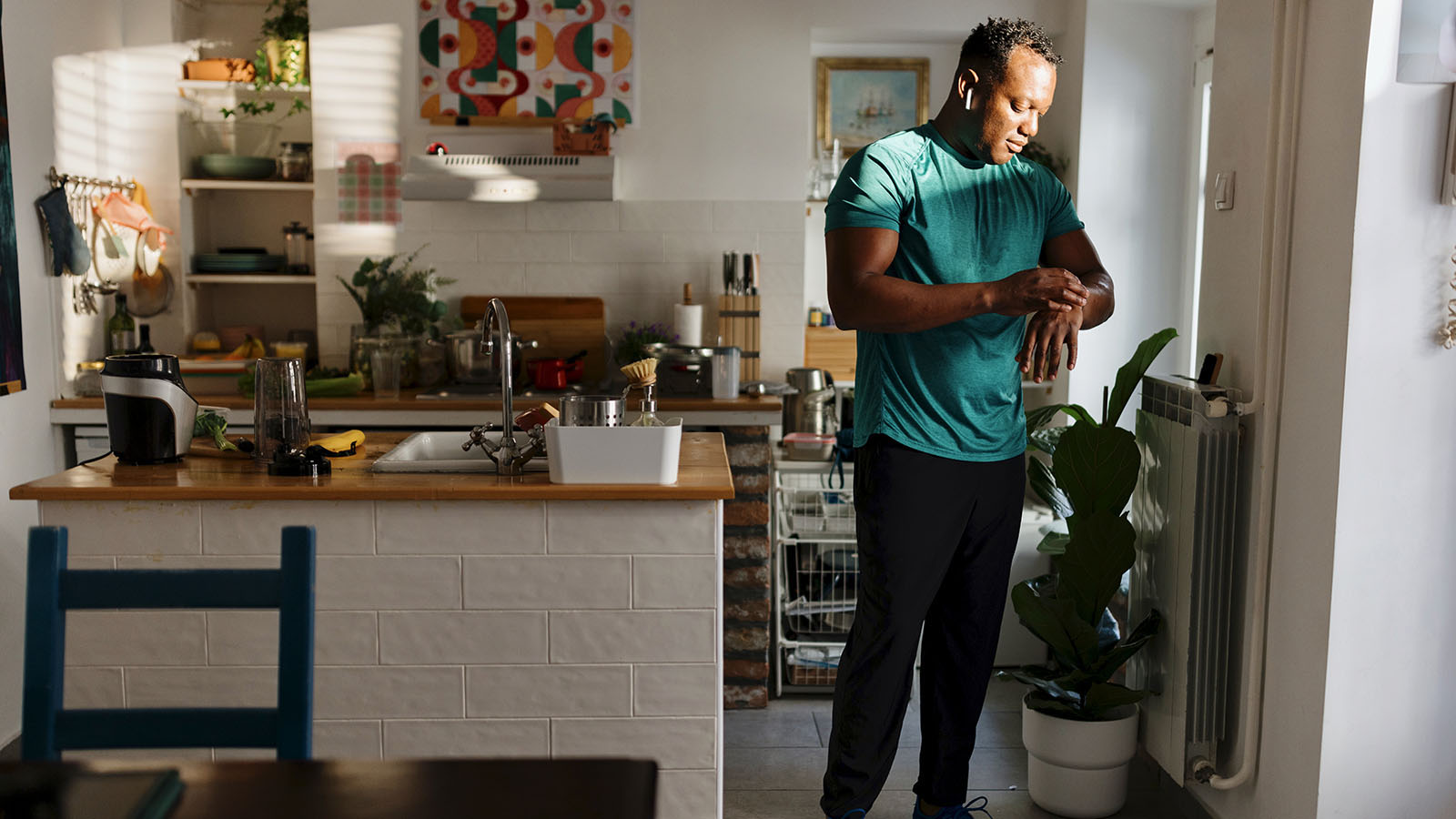
5 Health Risks Tied to Weight

Heart-Healthy Recipe: Maple Orange Salmon With Mango Salsa
Do Not Wait to Get Help When a Stroke or Heart Attack Strikes
4 Reasons Why Heart Patients Should Follow COVID 19 Safety Guidelines

